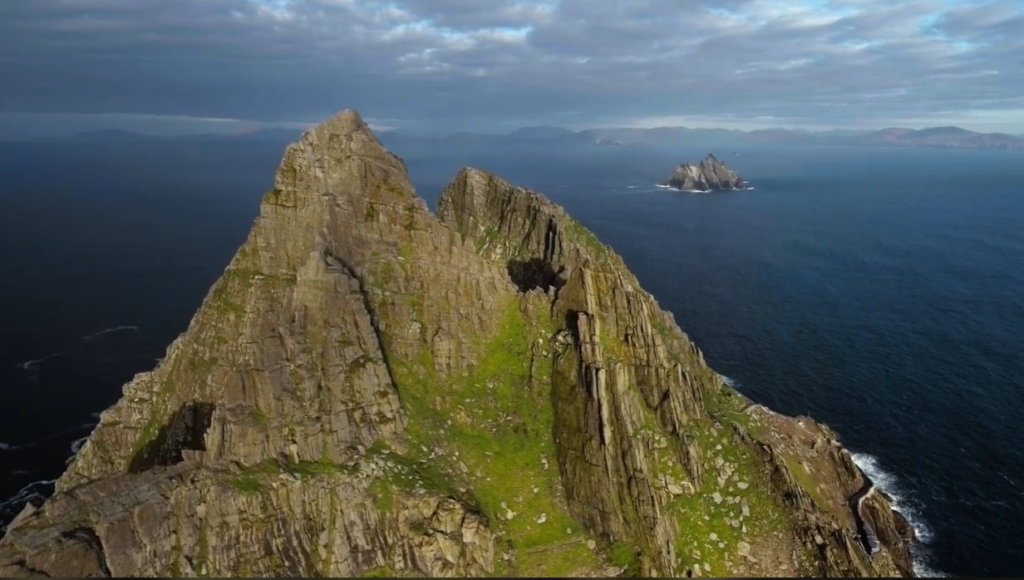THE Irish government has set out its plans to increase the number of world heritage sites recognised within the country over the next ten years.
In a new World Heritage Strategy, released today, the government has outlined its ambition to increase the number of UNESCO sites within the country.
“We are so fortunate in Ireland to be known globally for our rich natural and cultural heritage and our iconic sites such as Sceilg Mhichíl and Brú na Bóinne have achieved worldwide recognition as World Heritage Sites,” Minister for Heritage, James Browne said as he launched Ireland’s Strategy for World Heritage in Ireland 2025-2035 in Paris today.
“This Strategy foremost shows that we have ambition to expand the number of World Heritage sites in Ireland and to match that expansion with resources to protect and manage these nationally and globally significant sites,” he added.
 Sceilg Mhicíl/Skellig Michael is one of Ireland's two existing UNESCO World Heritage sites (Pic: National Monuments Service)
Sceilg Mhicíl/Skellig Michael is one of Ireland's two existing UNESCO World Heritage sites (Pic: National Monuments Service)“In doing so we aim to bring economic benefits to the regions, by creating opportunities for investment in visitor services, in conservation work and in growing a sustainable local tourist economy.”
The Minister claims an increase in World Heritage sites will generate increased global recognition for Ireland’s unique heritage but also bring “transformational social and economic dividend s” for the associated regions.
Ireland currently has two World Heritage Properties: Brú na Bóinne in Co. Meath, which was added to the UNESCO list in 1993, and Sceilg Mhichíl in Co. Kerry which was added in 1996.
Ireland's current ‘Tentative List of potential World Heritage Properties’ was last updated in April of this year.
It includes The Passage Tomb Landscape in Co. Sligo and the Transatlantic Cable Ensemble, which is a transnational application between Valencia in Co. Kerry and Newfoundland in Canada.
The Royal Sites of Ireland, including Dún Ailinne, in Kildare; the Hill of Uisneach in Westmeath; the Rock of Cashel in Tipperary and Rathcroghan in Roscommon; and the Hill of Tara in Meath, is a potential all island application, which is due to also include Navan Fort in Armagh.
The Historic Astronomical Observatories of Ireland, including Birr Castle in Offaly and Dunsink Observatory in Dublin) is another potential all island application, due to include Armagh Observatory.
“The Strategy commits to undertake an extensive review of Ireland’s Tentative List by 2035, ensuring other sites have an opportunity to be added to the List,” Minister Browne’s department confirmed.
It was also confirmed today that the Government has agreed to proceed to ratify the UNESCO Convention on Underwater Cultural Heritage, which aims to prevent loss of underwater cultural heritage.

